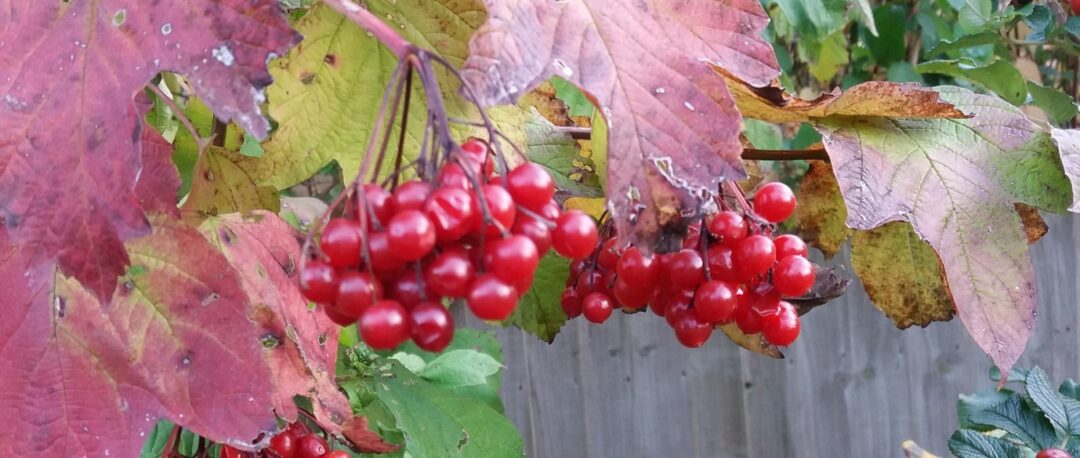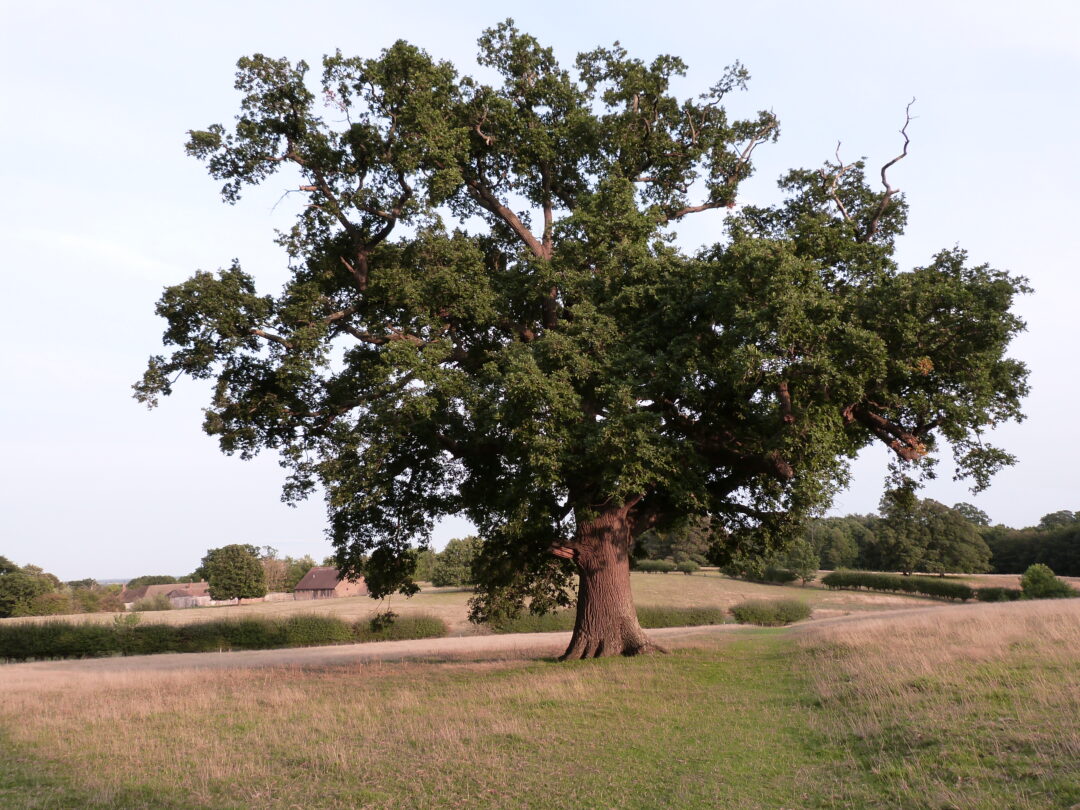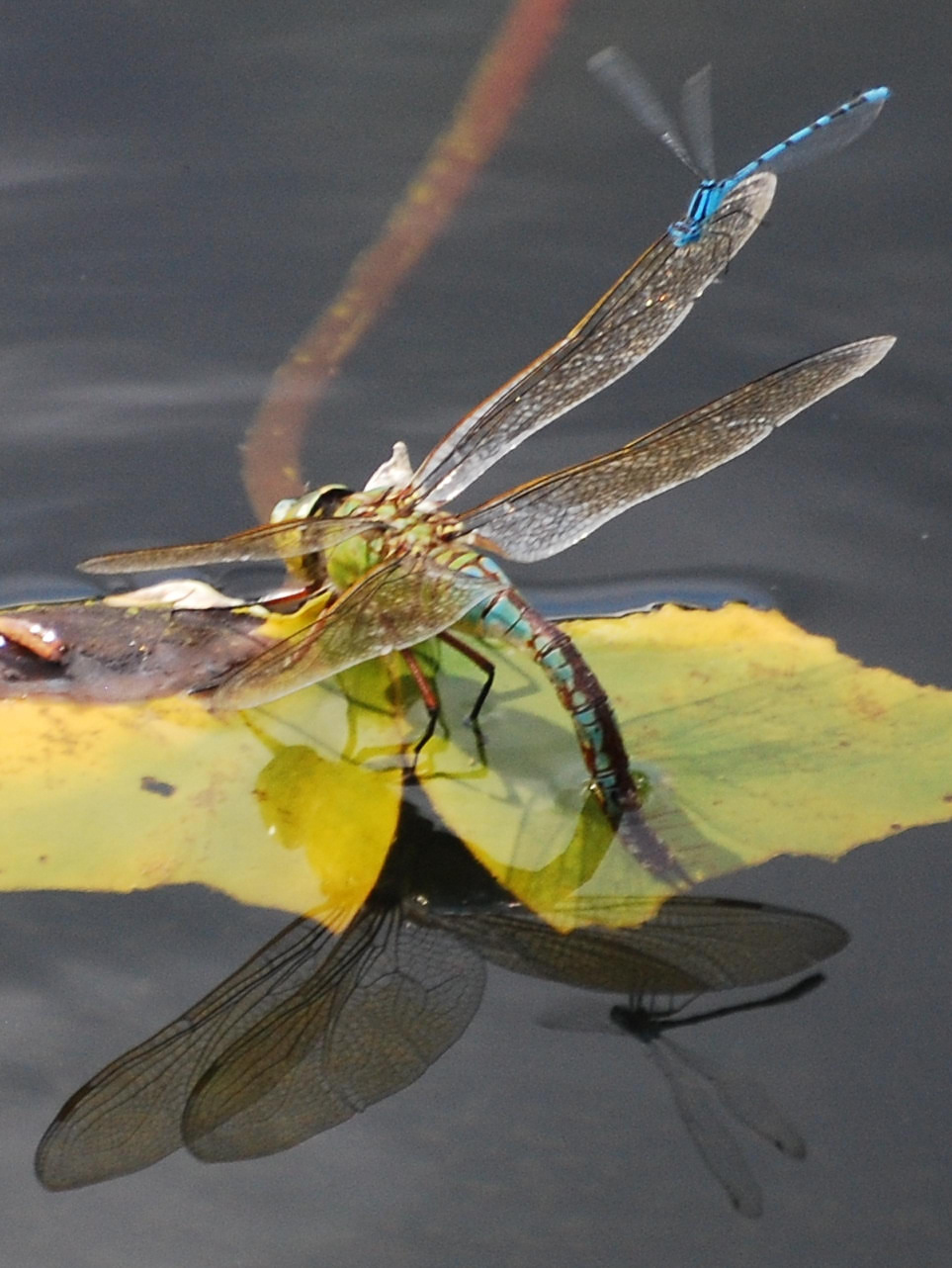Anglo Saxons knew the robin by the name ‘ruddoc’ which means ‘little red one’. The robin’s scientific name is Erithacus rubecula. The adjective ‘rubecula’ is a diminutive derived from the Latin, meaning ‘red‘. The Erithacos is from Greek meaning robin.
Vital statistics
Length: 14cm
Wingspan: 20-22cm
Weight: 14-21g
Habitat
Robins are native birds often seen in the garden. They are avid watchers of any planting activity and very bold. Robins are quite territorial and aggressive with other robins. They nest in hedgerows, woodlands and gardens, sometimes in the most surprising places. Mating occurs in March but can occur earlier if the weather has been mild. They are described as ‘sedentary’ (resident) in that they stay in their own territory.
Diet
Seeds, fruits, worms, insects and other invertebrates. Mealworms are a favoured food.
Interesting fact
The nursery rhyme, ‘Who killed Cock Robin’ was first recorded in 1744 but it is thought that it was based on a poem called ‘Phyllyp Sparowe’ by John Skelton written in the early 1500s.
You can find a version of the poem here: https://allnurseryrhymes.com/cock-robin/
Things to do
Make sure that feeders and bird baths are kept clean. Provide some shelter from the wind and rain. Serve high energy foods regularly and refill feeders if they are empty later in the day.
Making a solitary bee hotel
Plants like winter flowering honeysuckle and Christmas Box provide food bars for solitary bees on sunnier days in winter. You can provide solitary bees with shelter.
You will need
- hollow canes (of different diameters) or hollow reeds or hollow stems of a plant
- a plant pot
- stones
- secateurs
- Use a cane to measure the depth of the plant pot and cut the canes with the secateurs so that they fit inside the pot.
- Fill the pot with the canes or hollowed stems.
- Position the plant pot on some stones so the pot is not in standing water and so that it will not collect water.
- It is best for the pot to face the south east so that the bees get the benefit of the sun’s heat and are protected from the colder winds.
You might find this interesting: https://www.bumblebeeconservation.org/wp-content/uploads/2017/06/BBCT118-Bumblebees-of-Kent-DL-Leaflet-04.19.pdf





